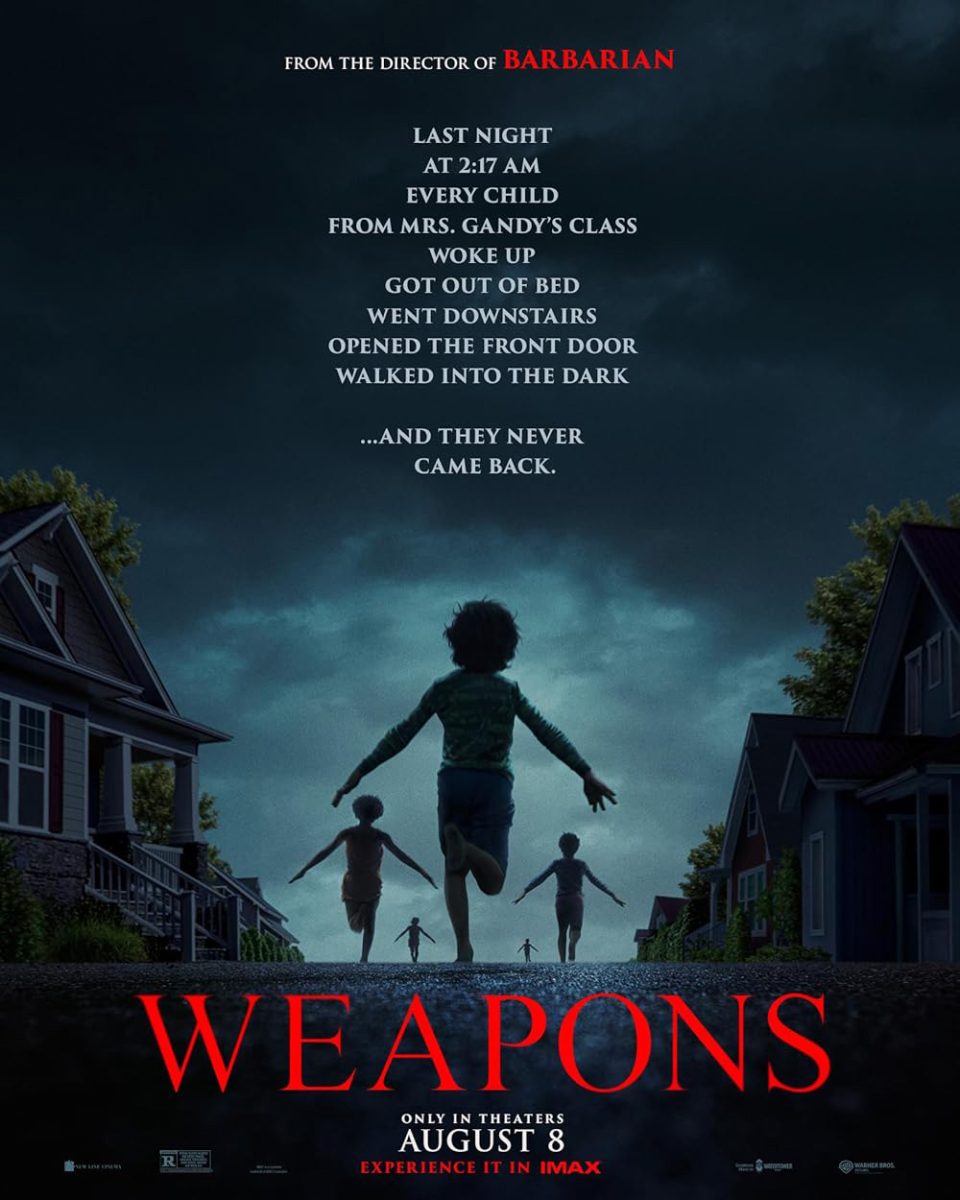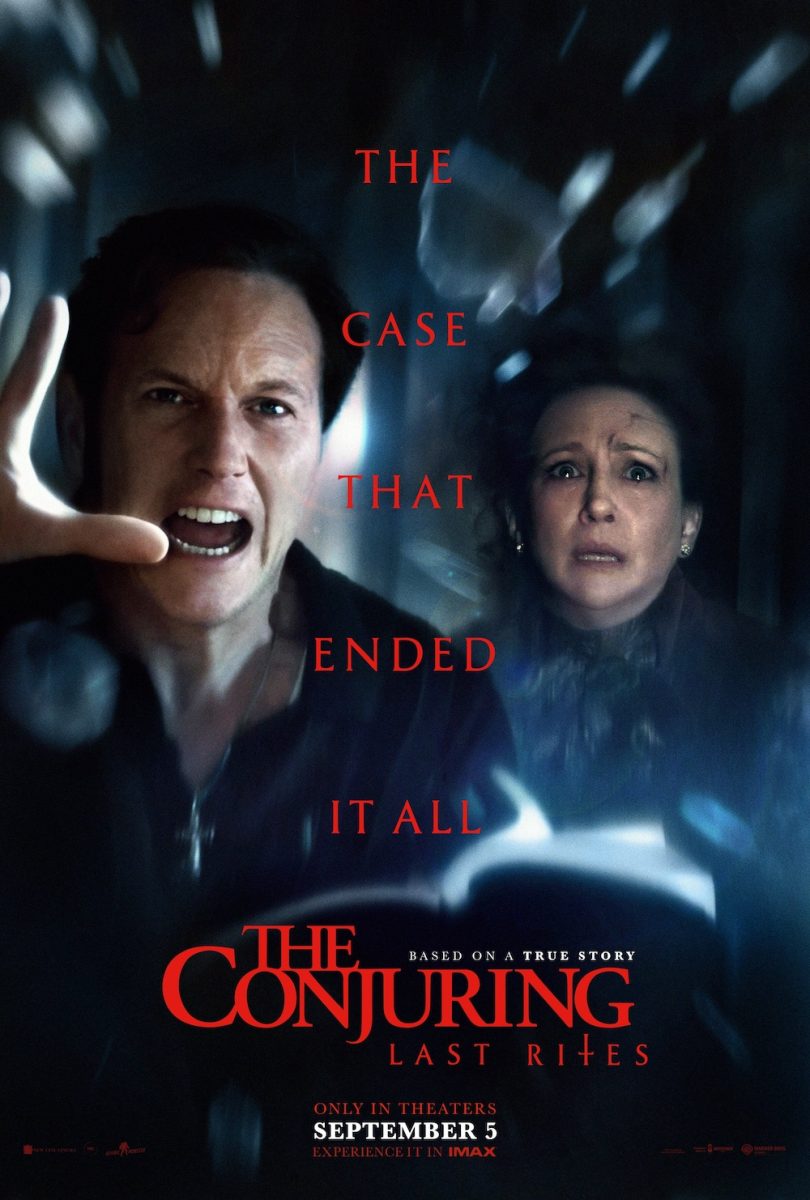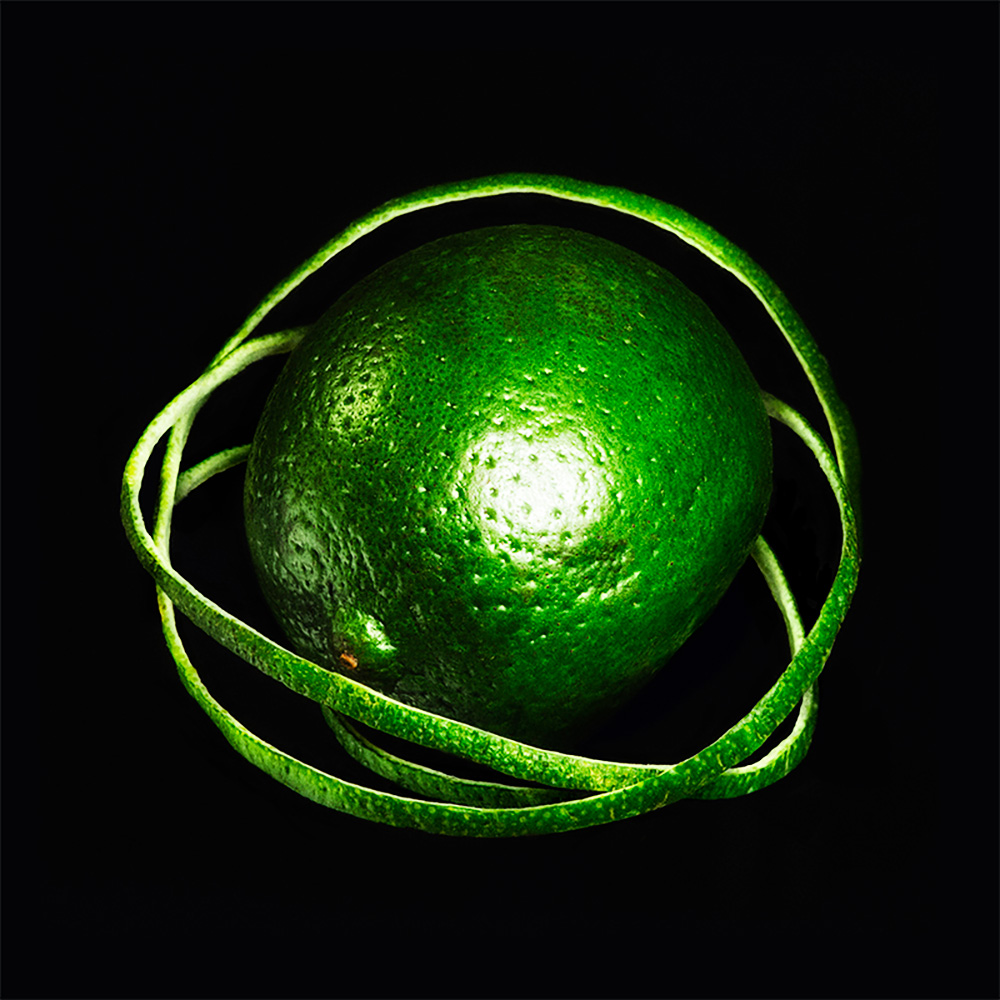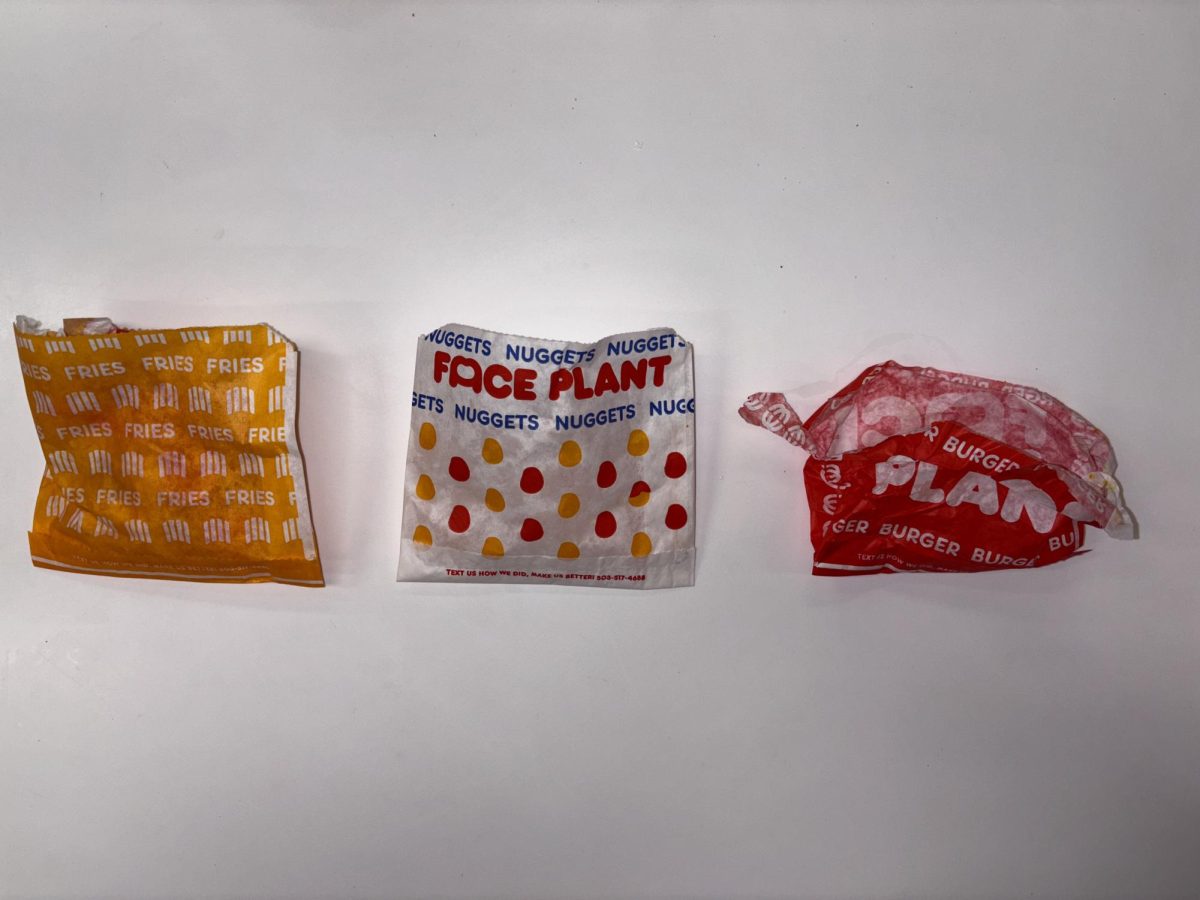Since its initial publication as an 896-page novel written by Frank Herbert in 1965, Dune has been an integral part of the sci-fi zeitgeist. Herbert’s worldbuilding is so impressively expansive and comprehensive that it’s no wonder Dune is regarded as one of the quintessential pillars of its genre and that the story eventually made its way to the big screen. First turned into a movie in 1984, Dune has been brought to life again in a two-part adaptation starring A-list actors such as Timothee Chalamet, Zendaya, Oscar Isaac and Florence Pugh. The second movie, Dune: Part Two, was released on Mar. 1.
In a time when cinema is oversaturated with cash-grab remakes and page-to-screen flicks, Dune is a welcome exception to the overwhelming amount of mediocre media in its classifications. The world of Dune is brought vividly to life with stunning graphics, meticulous costumes, brilliant set design and a pounding soundtrack. The first movie in the series, released in 2021, set a high bar for its sequel—particularly because of its shocking and abrupt cliffhanger—but Dune: Part Two seamlessly whisks the viewer back into the sands of Arrakis alongside leads Paul and Chani as if the three-year hiatus never occurred.
Though Dune is a classic “chosen one” narrative, the story is so layered and packed with twists and turns that it never feels tired or lazy. Moreover, considering the massive amount of lore and backstory that had to be crammed into the second part to tie up all the loose ends, it does an admirable job. The world Herbert built is intricate and complex, and it’s impressive how much depth the movie was able to retain without rushing storylines or forcing relationships.
The quality writing is only burgeoned by the breathtaking set and costume design, from the gritty stillsuits worn by the Fremen and the Storm Trooper-esque armor of the Sardaukar to the the blow-up tents in the desert and larger-than-life spaceships that loom menacingly over Arrakis. Light and dust are expertly used to highlight contrasts between the varying characters and groups.
On the Harkonnen planet Giedi Prime, the black sun washes out all color of anything beneath it. In the outdoor scenes on Giedi Prime, everything is in black and white, accentuating the strange bleached sterility of the Harkonnens, who are freakishly pale and outwardly cruel to begin with, as well as all that is associated with them. It emphasizes their unnaturalness, particularly in contrast to the warm oranges and browns that fill the screen in scenes on Arrakis.
The Fremen are clearly one with the desert; not only do they have an intimate relationship with the desert, the design choices in the movie conflate the people with their environment in order to lend them the innate strength of the landscape. In the most powerful moments of the Fremen, the screen is filled with dense clouds of sand whipped up from the ground, with Fremen melting in and out of view and taking down the Sardaukar with swift precision—a storm nearly as fearsome as the ones that ravage the planet’s surface. Yet again, both these places are juxtaposed with the Emperor’s planet, which is green, lush and tranquil, making the Emperor’s privilege and detachment ever more apparent. The overall result is a highly stylized, beautiful movie whose settings are as much a part of the narrative as they are the backdrop to the story.
The way the music and the sound effects interacted in Dune was mesmerizingly immersive. Dune’s soundtrack is rhythmic and droning. It perfectly blends with the various sound effects, dissolving into a single mass of sound that becomes indiscernible from any other feature of the scene. For example, when Fremen set off thumpers to distract the sandworms, the measured reverberations dissolve into the sweeping themes that begin to play as characters scramble across the sand. It all feels wonderfully natural. Every sound belongs.
Dune is an undeniably dramatic story, but it is peppered with tasteful and much needed moments of comedy. Stilgar, played by Javier Bardem, Paul’s mentor and one of his most devout followers, notably acts as comic relief. The moments of lightheartedness are far from awkward or forced, an unfortunate pitfall that many sci-fi and drama movies often fall into, humanizing the characters in an endearing way. It lends a sense of balance that keeps the long runtime from feeling monotonous or overstretched.
The cast list is certainly star-studded, which could be construed as trying to bring attention to the movie with big names, but each actor brings their character to life with incredible conviction. Among others, Chalamet and Zendaya return as Paul Atreides and Chani, respectively, while Pugh joins the cast as the Princess Irulan along with Austin Butler as Feyd-Rautha. Zendaya gets far more screen time than in the previous movie, and Chani develops into an extremely interesting character because of her subtle, almost elegant ferocity and her simultaneous faith in Paul and rejection of his claim to power.
Potential viewers should be warned: Dune is not for the faint of heart. A lot of information is hurled out very quickly. There is little exposition, which does wonders for pacing and flow, but means that one must pay close attention to the dialogue in order to fully comprehend the story with all its facets and minutiae. Additionally, the movie does not have a particularly gratifying ending. It’s the right ending, but it’s raw and unpolished—unsatisfactory to those who like to see things tied up in a nice bow.
Dune is a triumph, the standard for which all page-to-screen movies should aspire. It is a love letter to its source material and a fabulous spectacle in and of itself. It will satiate the die-hard Frank Herbert fan, the armchair film critic and the average moviegoer.














